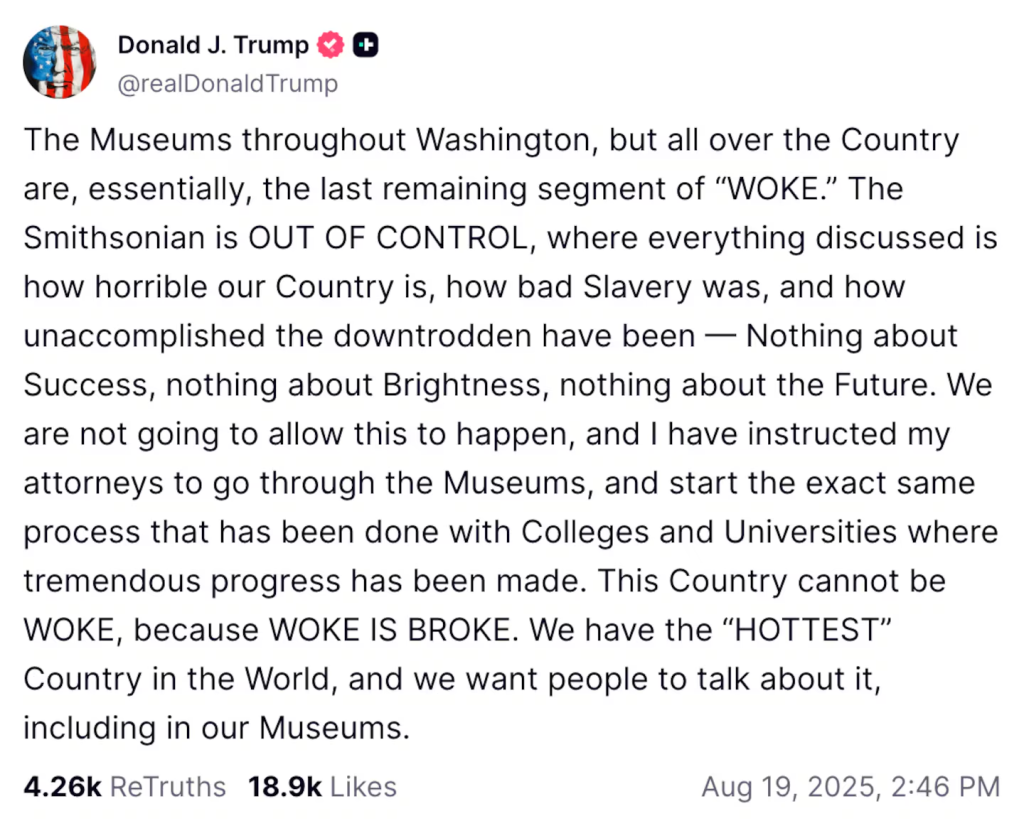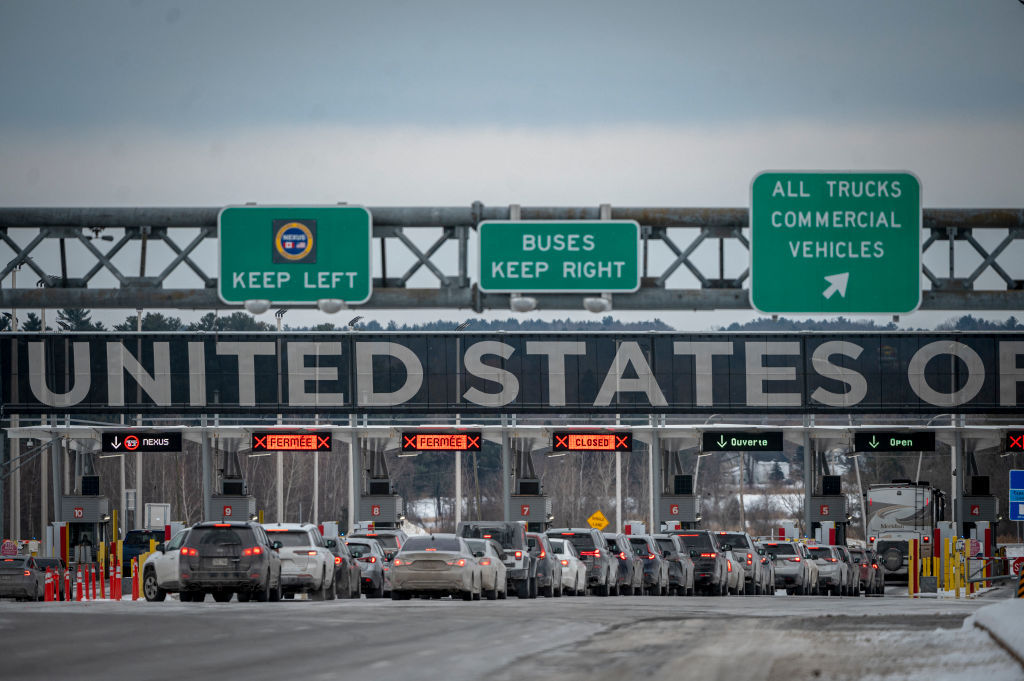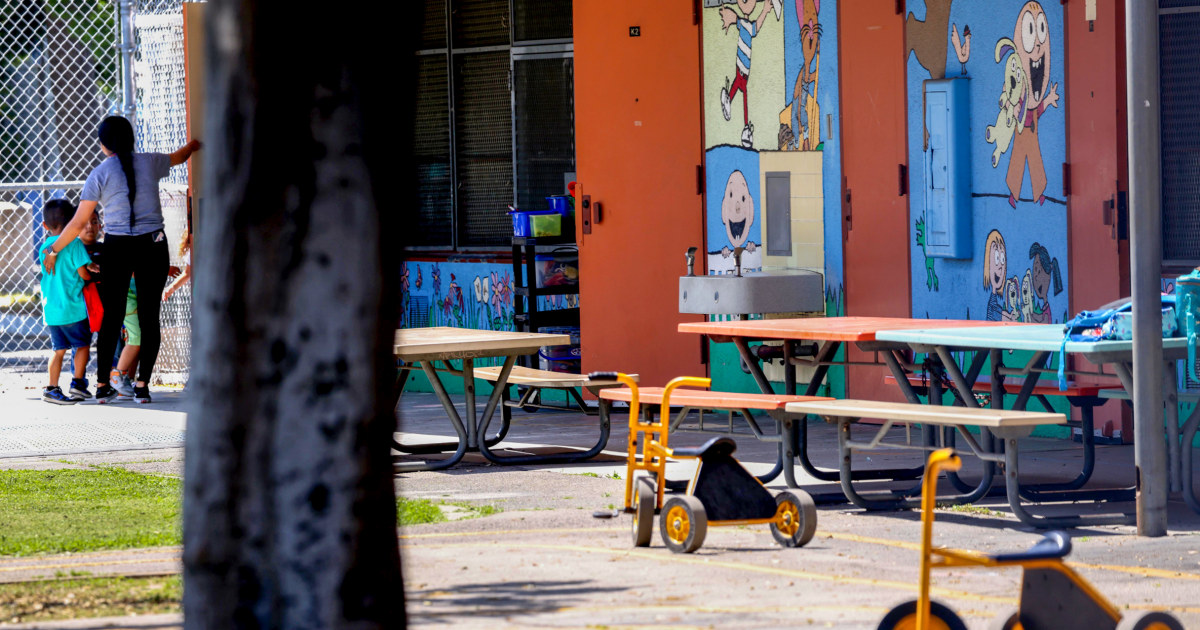D.C. residents and leaders warn that President Donald Trump’s “crime emergency” in the nation’s capital signals an authoritarian tough-on-crime approach to public safety that will be replicated in other cities.
Residents of Washington, D.C., are continuing to push back against the narratives about their city as military troops and federal officers swarm the streets as part of the Trump administration’s declared 30-day crime emergency.
“It’s offensive, it’s dangerous, and it’s discriminatory to look at the part of the city, that is majority Black and has been so historically, and define them as slums and crime ridden when we’re communities and every neighborhood is different,” said Gregory Jackson, a longtime public safety advocate who lives in Ward 8.
Despite local police data showing a 30-year low crime rate throughout D.C., Trump announced a federal crackdown in the city on Aug. 11, describing the state of crime in the nation’s capital as a “situation of complete and total lawlessness.” He told reporters that day, “We’re getting rid of the slums.”
When asked on Tuesday to clarify whether Trump is referring to homeless encampments or residential buildings as “slums,” White House Press Secretary Karoline Leavitt said the president was referring to “the most dangerous communities, neighborhoods and streets in this city where, unfortunately, violence has ravaged these communities and taken the lives of…far too many law-abiding D.C. residents.”
On Friday, President Donald Trump told reporters that D.C. was a “hellhole” before his federal crackdown, declaring “now it’s safe.” The president said of out-of-town visitors: “They’re not going to go home in a body bag. They’re not going home in a coffin.”
Jackson, who served as deputy director of the White House Office of Gun Violence Prevention under President Joe Biden, said painting a broad brush of the city is “extremely harmful” to Black communities in D.C.
“It’s disrespectful to the families that are there, to the working professionals. On my street, there are young families, there are folks in the military, I served in the White House–we are made up of very diverse family folks and community-centric folks,” he told theGrio.
Courtney Snowden, a sixth-generation Washingtonian and former D.C. deputy mayor, said D.C. neighborhoods are comprised of “amazing” residents who are “committed to the success of the city.”
“[They’re] doing what people do in neighborhoods all across the country. They get up and they go to work every day, they contribute and pay their taxes, and they’re raising families,” Snowden told theGrio. “So to have the president of the United States and his cabinet members talking about American citizens and District residents and the communities in which they live in that way is appalling.”
On Wednesday, White House deputy chief of staff Stephen Miller, the architect of Trump’s anti-DEI agenda, said the surge of law enforcement and the National Guard is for the “safety” of the city’s majority Black residents.
Critics who spoke to theGrio said they don’t believe the Trump administration’s stated concerns about crime, and caring about the safety of its residents are “genuine.”
Jamal Holtz, president of the D.C. Young Democrats, noted D.C. “isn’t even among the top 10 most dangerous in the nation.” In fact, three of the top ten cities are in Ohio, which sent additional National Guard troops to D.C. in a show of political support for Trump’s D.C. crackdown.
“This isn’t about a need for public safety. Autocrats have used false pretenses and narratives to take over local matters and take over local law enforcement as a first step towards a broader power grab,” Holtz told theGrio.
“If he’s willing to overturn democracy in D.C. over the false narrative of a crime emergency here in the District of Columbia, I think it should scare all Americans that this will likely happen to communities across the nation,” said Markus Batchelor, political director at People For the American Way and D.C. native.
Critics of the Trump White House say that rather than working with D.C. Mayor Muriel Bowser and local officials to continue the progress already made in making D.C. streets safer, they’ve turned to a tough-on-crime approach to public safety that has proven ineffective without other community intervention programs and investments.
Several mayors of inner cities have touted Biden-era investments and support in community violence intervention strategies as part of the success of reducing crime. However, the Trump administration slashed those funds and programs. The Department of Homeland Security also slashed a $20 million security grant for D.C. earlier this month. Additionally, a bill that would restore a $1 billion deficit in D.C.’s budget, which includes public safety funding, remains stalled in the Republican-controlled Congress.
“Does Washington, D.C., like every other major city in America, have this problem with crime? Absolutely. Are some of those issues exacerbated by, quite frankly, politicians like Trump, who are disinvesting in the inner city, public education, housing, and good-paying jobs? Yes,” said Batchelor.
Jackson, the former White House official, said of Trump’s D.C. crackdown, “A lot of this is a reaction rather than looking at the real strategy that we know can save lives and prevent violence, and really doubling down and supporting a city that does need support.” He said the city “does have work to do,” emphasized it “does not need military forces patrolling communities that don’t even have a grocery store.”
On Friday, Trump announced he will ask Congress for $2 billion to “rebuild” the District of Columbia, including updating roads and light poles. “This place will be beautified within a period of months,” said Trump, who did not indicate whether any of that funding would cover public safety.
Leaders say they’re also concerned about the physical and psychological impact of having troops, federal officers, and military tanks all across city streets.
Defense Secretary Pete Hegseth ordered that the National Guard to be armed, escalating their presence in D.C.
“It reinforces a stereotype that Black and brown folks are seen as a threat first and a human second,” said Jackson, who recalled being treated like a suspect when he was shot by a stray bullet in 2013.
“Now you could just be walking home from school and be interrogated. Some folks are sitting on their porch and have officers running up on them,” he told theGrio. “It really just reinforces that Black folks in this country, especially in the eyes of the Trump administration, are seen more as a threat and a suspect than Americans or neighbors.”










